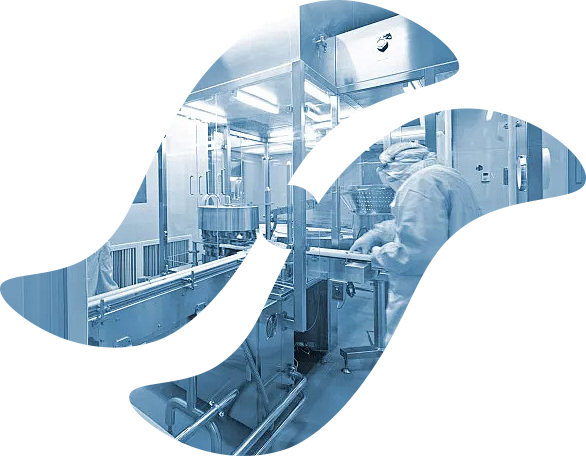5 Key Considerations When Selecting a Crystal Oscillator
Crystal oscillators play a vital role in ensuring the accuracy, timing, and stability of electronic systems. Choosing the right oscillator is essential for the performance, reliability, and longevity of your application. Whether you are developing consumer electronics, communication equipment, or industrial devices, here are five important factors to keep in mind when selecting a crystal oscillator.

1. Frequency Stability Across Temperature
When selecting a crystal oscillator, consider how stable the frequency remains across the full operating temperature range of your application. Some devices require tight stability under harsh environmental conditions, while others may tolerate wider variations.
Tip: Review both the short-term and long-term frequency stability specifications. For applications in automotive, outdoor, or industrial environments, options like TCXO or OCXO can provide enhanced performance over temperature.
2. Load Capacitance Matching
Load capacitance affects the actual oscillation frequency of the crystal. If the oscillator circuit and the crystal are mismatched in terms of capacitance, it may lead to frequency drift or startup issues.
Tip: Ensure the load capacitance of the crystal matches the oscillator circuit’s design specifications. Always refer to the datasheet and application guidelines when selecting components.
3. Power Consumption Requirements
In battery-powered and portable devices, reducing power consumption is critical. Some crystal oscillators are specifically designed to operate at ultra-low power, making them ideal for wearables, IoT sensors, and handheld devices.
Tip: Choose oscillators with low operating current or sleep modes if energy efficiency is a top priority. 32.768 kHz tuning fork crystals are commonly used for real-time clocks in low-power systems.
4. Package Size and Mounting Type
The physical size and mounting method (SMD or through-hole) of the oscillator should align with your PCB layout and overall product design. As devices become smaller, space-saving components become increasingly important.
Tip: Compact SMD crystal oscillators are preferred for high-density PCB designs. Consider package dimensions and mechanical compatibility when selecting components.
5. Long-Term Reliability and Aging Rate
Crystal aging refers to the slow change in frequency over time. For applications requiring long operational life or high precision, selecting oscillators with low aging rates is essential.
Tip: Evaluate the aging characteristics listed in the datasheet. Some crystal cuts (like AT-cut or SC-cut) offer better long-term frequency stability, which is especially important in telecommunications, measurement, and military applications.
Conclusion: Optimize Performance Through Informed Selection
By understanding these five key considerations—frequency stability, load capacitance, power consumption, package type, and long-term reliability—you can make informed decisions that enhance the performance and lifespan of your products.
As a professional crystal oscillator manufacturer, we provide a wide range of frequency control solutions tailored to diverse applications. Contact us to learn more about the right components for your next project.
-
Are you a manufacturer or a trading company?Thangshan Huixun is a manufacturer of crystal oscillators, Our factory is located in Tangshan city Hebei province, China. Welcome to visit us.
-
How long is your delivery time?Delivery time for customized orders will be 2-4 weeks. 24 hours will be shipped out if in stock.
-
Do you offer samples? Is it free or not?Small quantity free samples are able to be offered and shipping cost should be paid by customer.
-
What basic information to provide when ordering a crystal?We typically ask customers to provide the center frequency, the cutting angle type (AT or BT), the holder or package type, the equivalent series resistance (ESR), frequency tolerance, stability, load capacitance, operating temperature range, drive power, aging characteristics, and any additional requirements for OEM customizations.
-
Do you have any certificationWe have certification ISO9001, IATF16949.
-
Do you accept OEM and ODM order?Yes, warmly welcome OEM or ODM order, we are able to provide OEM services for customers
Reach Out to Us Today!

